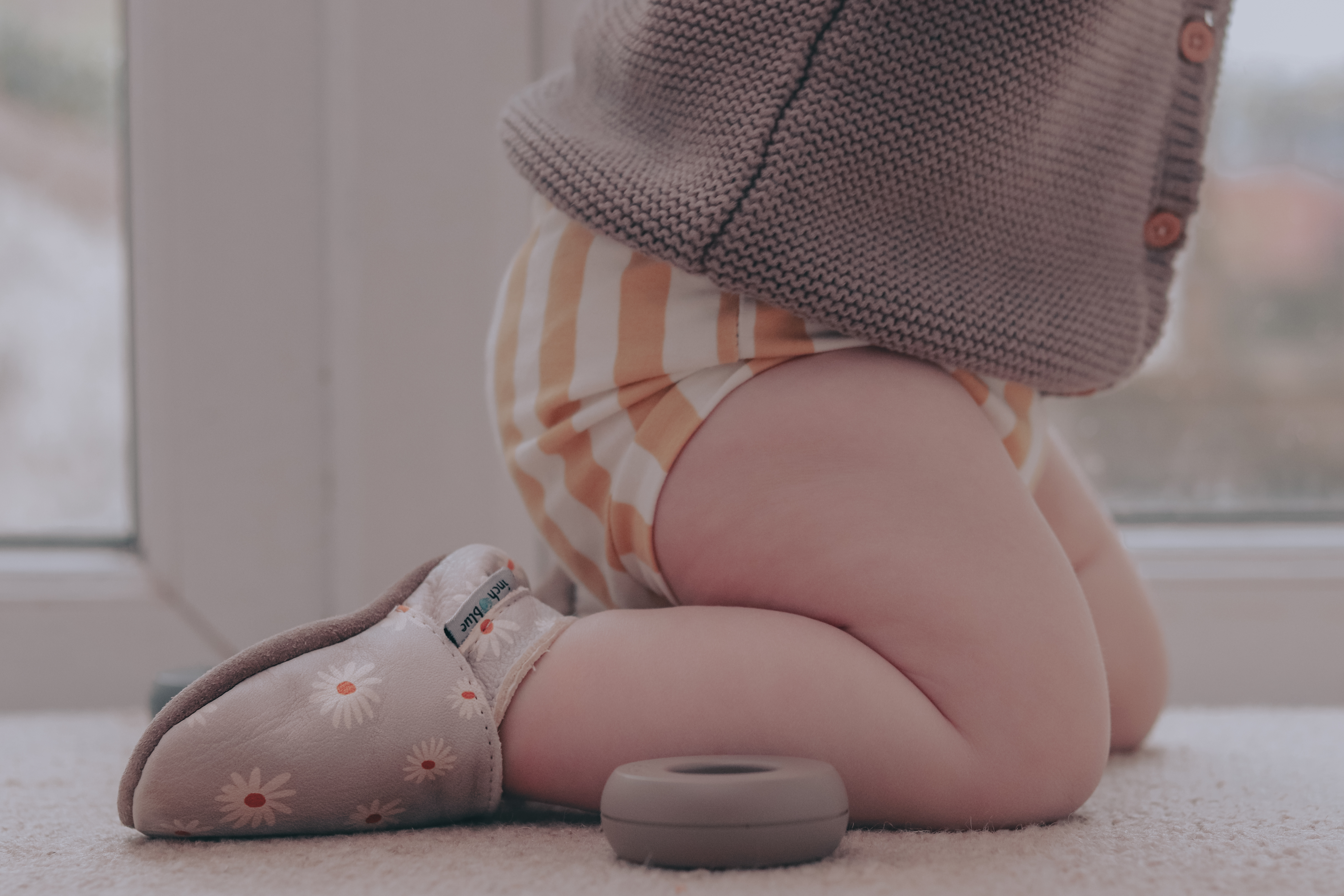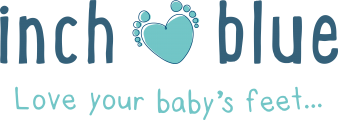How to Use Reusable Nappies

Nappies are a huge part of everyday life with a baby. With so many changes throughout the day and night, it’s no wonder that disposable nappies contribute to so much household waste.
Enter reusable nappies. These eco-friendly alternatives are not only kinder to the environment but can also be gentler on your baby's delicate skin. Whether you're new to cloth nappies or looking for tips on how to wash reusable nappies, this guide covers everything you need to know—including how many cloth nappies you’ll need to get started.
What are reusable nappies?
Reusable nappies, also known as cloth nappies, are washable and designed to be used multiple times rather than thrown away after a single use. Unlike disposables, which can take hundreds of years to break down in landfills, reusable nappies offer a more sustainable alternative by significantly reducing waste.
They are made from soft, absorbent materials such as organic cotton or bamboo and include a waterproof layer to prevent leaks while remaining breathable and gentle against your baby’s skin.
While the initial investment may seem higher, reusable nappies can be washed and reused for years, making them a cost-effective choice—especially if you plan to use them for multiple children.
Types of reusable nappies
There are several different types of reusable nappies, each with its own benefits. Some are more absorbent and suitable for nighttime use, while others are lightweight and easy to dry.
Fitted nappies: Made entirely of absorbent material and require a waterproof cover. They’re great for overnight use due to their high absorbency.
Flat nappies: Large squares of fabric that need to be folded and secured with clips or pins. They’re a budget-friendly option that dries quickly after washing.
All-in-One nappies: Similar to disposable nappies— the absorbent layers and waterproof covers are sewn together. These are easy to use but may take longer to dry.
Pocket nappies: They have a waterproof shell with a pocket to insert absorbent boosters. This allows customisable absorbency, making them great for both daytime and nighttime use.
Choosing the right type of reusable nappy depends on your lifestyle, baby’s needs, and how much time you want to spend on laundry.
How to use reusable nappies
Switching to reusable nappies might seem overwhelming at first, but once you get into a routine, it’s simple! To begin, you’ll need a few essentials:
Storage for dirty nappies: A waterproof wet bag (for when you’re out and about) or a nappy bucket.
Nappy boosters: Absorbent pads for extra protection, especially overnight.
Disposable nappy liners (optional): These sit inside the nappy to catch solids and can be thrown away for easier clean-up.
Washable/reusable wipes: A great alternative to disposable baby wipes.
To put on a reusable nappy, start by laying it out and adding a booster or liner if needed. Place your baby on top and ensure the nappy is positioned snugly around their waist and legs, fastening it securely with Velcro, snaps, or clips, depending on the design. After use, place the dirty nappy in your storage bag or bucket until it’s time for washing.
How to wash reusable nappies
Keeping cloth nappies clean is easier than you think. They can be washed in the washing machine, but it’s essential to follow the care instructions provided, especially if they are made from natural materials like bamboo or organic cotton. Certain washing agents, such as vinegar or bicarbonate of soda, can damage the fibres, and fabric conditioners should be avoided as they can reduce absorbency over time.
Before using new nappies for the first time, wash them twice to remove any residue from manufacturing and improve their absorbency. After use, aim to clean them every two to three days. Newborns may need daily washes due to frequent changes.
Remove any solids by rinsing them off into the toilet or, if using disposable liners, throw them away.
Place the nappies in the washing machine using a baby-friendly detergent. Always check the label for specific washing instructions.
After washing, nappies can either be line-dried in the sun (which naturally disinfects and removes stains) or tumble-dried on a low heat setting to prevent damage.
With proper care, reusable nappies can last for years—making them an excellent investment for your little one and the planet.
How many cloth nappies do I need?
The number of reusable nappies you’ll need depends on your baby’s age and how frequently you plan to wash them. If you’re using cloth nappies full-time, it’s recommended to have at least 20 nappies—around 15 for daytime use and five for nighttime. This amount ensures you always have a fresh supply while others are in the wash.
Newborns typically require 25–30 nappies since they go through more changes in a day, while older babies and toddlers can manage with 15–20 nappies. If you plan to wash daily, you may be able to manage with a slightly smaller stash, but having a few extra on hand can make things easier.
Alternatives to reusable nappies
While reusable nappies are a fantastic option, they’re not the only choice for parents and carers looking for sustainable solutions. Some families prefer a hybrid approach, alternating between cloth nappies at home and disposables when out and about.
Bloomers can be a great alternative for parents transitioning their baby out of nappies.–they work like underwear, allowing more breathability while still offering a layer of protection. Although bloomers won’t prevent leaks in the same way as nappies, they can help little ones get used to the feeling of being nappy-free. When choosing bloomers, opt for natural, breathable materials.
Our Wonder & Wren bloomers are made from 100% organic cotton, which is gentler on your baby’s skin and helps to reduce the risk of nappy rash.
Sustainable baby shoes from Inch Blue
Choosing reusable nappies is a wonderful step towards a more sustainable lifestyle, reducing waste while keeping your baby comfortable. Why not do the same with their footwear?
Inch Blue baby shoes are handcrafted in the UK, using flexible leather and soft, breathable suede. Our barefoot shoes are anatomically shaped to support healthy foot development by allowing your little tot’s little toes to spread naturally. With flexible soles that encourage proper movement, Inch Blue shoes help your baby transition from crawling to those exciting first steps with ease.
Browse our range to find various designs, from denim baby shoes to woodland baby shoes.
